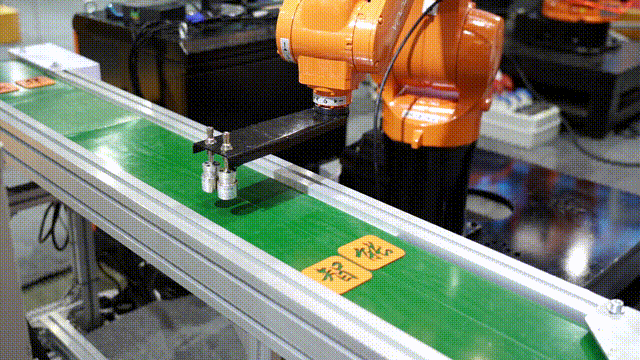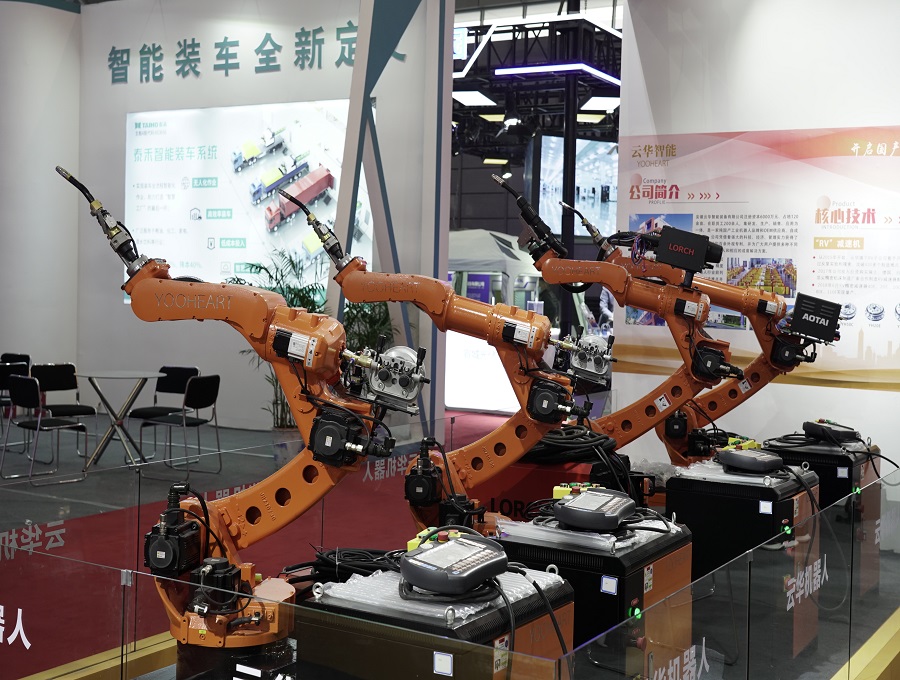Digital transformation continues to grow across all industries, creating more opportunities for companies to experience the benefits of a digital work environment.This is especially true for manufacturing, where advances in robotics are paving the way for a more efficient future.

Here are five robotics trends shaping manufacturing in 2021:
Smarter robots with the help of artificial intelligence (AI)
As robots become more intelligent, their level of efficiency increases and the number of tasks per unit increases.Many robots with ARTIFICIAL intelligence capabilities can learn processes and tasks as they perform them, collecting data and improving their actions during execution.These smarter versions could even have “self-healing” features that allow machines to identify internal problems and fix themselves without human intervention.
These improved levels of AI offer a glimpse of what industrial industries will look like in the future, with the potential to increase the robotic workforce as human employees work, learn, and solve problems.
Put the environment first
Organizations at all levels are beginning to prioritize the environmental impact of their daily practices, and this is reflected in the types of technologies they employ.
Robots in 2021 focus on the environment as the company looks to reduce its carbon footprint while improving processes and increasing profits.Modern robots can reduce overall resource use because the work they produce can be more accurate and precise, thereby eliminating human error and the extra materials used to correct errors.
Robots can also assist in the production of renewable energy equipment, providing opportunities for outside organizations to improve energy consumption.
Fostering human-machine collaboration
While automation continues to improve all aspects of the manufacturing process, the increase in human-machine collaboration will continue in 2022.
Allowing robots and humans to work in shared space provides greater synergy when performing tasks, with robots learning to respond to human movements in real time.This secure coexistence can be seen in environments where humans may need to bring new materials to machines, change their programs, or check the operation of new systems.
The combinatorial approach also allows for more flexible factory processes, allowing robots to perform monotonous, repetitive tasks and humans to provide the improvisation and variety needed.
Smarter robots are also safer for humans.These robots can sense when humans are nearby and adjust their course or act accordingly to prevent collisions or other safety hazards.
The diversity of robotics
There is no sense of unity in the robots of 2021.Instead, they adopted a range of designs and materials that best suited their purposes.
Engineers are pushing the limits of existing products on the market today to create more streamlined designs that are smaller, lighter and more flexible than their predecessors.These streamlined frameworks also feature cutting-edge intelligent technology that can be easily programmed and optimized for human-computer interaction.Using fewer materials per unit also helps lower the bottom line and increase overall production costs.
Robots enter new markets
The industrial sector has been an early adopter of technology.However, the productivity provided by robots continues to increase and many other industries are adopting exciting new solutions.
Smart factories are upending traditional production lines, while food and beverage, textiles and plastics manufacturing have seen robotics and automation become the norm.
This can be seen in all areas of the development process, from advanced robots plucking baked goods from pallets and placing randomly directed foods into packaging, to monitoring the precise tone as part of textile quality control.

With the widespread adoption of the cloud and the ability to operate remotely, traditional manufacturing facilities will soon become centers of productivity, thanks to the impact of intuitive robotics.
Post time: Jan-05-2022




